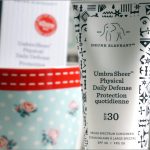
What’s the correct sunblock dosage?
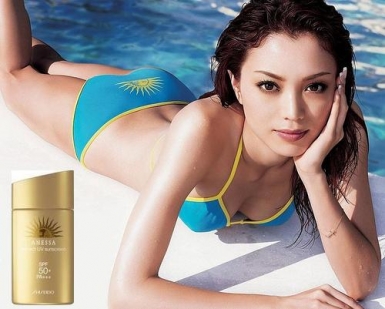
Yuri Ebihara for Shiseido Anessa
I was browsing through a beauty forum and came across some interesting discussions regarding the dosage of sunblock application. According to some of the girls, we need to apply half a teaspoon of sunblock on our face in order to enjoy the full SPF. On top of that, we need to reapply every two hours to maintain the protection.
Well, these all make sense but isn’t half a teaspoon too much considering how most sunblock formulations are despite what they promise? Either we’ll end up looking ghostly with a white overcast or we’ll end up looking like a greasy pancake.
In fact, based on what I’ve picked out from the Wiki, 1/4 to 1/3 of a teaspoon of sunblock is apparently adequate for our face.
Dosing for sunscreen can be calculated using the formula for body surface area and subsequently subtracting the area covered by clothing that provides effective UV protection. The dose used in FDA sunscreen testing is 2 mg/cm². Provided one assumes an “average” adult build of height 163 cm and weight 68 kg with a 82 cm waist, that adult wearing a bathing suit covering the groin area should apply 29 g (approximately 1 oz) evenly to the uncovered body area. Considering only the face, this translates to about 1/4 to 1/3 of a teaspoon for the average adult face.
But realistically, how do we apply even 1/4 of a teaspoon of sunblock without compromising on how we look? I know I can’t do that with any of the sunblocks I’ve tried.
In addition, I noted the wiki article cited that more recent research at the University of California, Riverside indicates that sunscreen needs to be reapplied within 2 hours in order to remain effective. With makeup on, it’s really quite impossible to reapply sunblock every two hours. And note this: “Not reapplying could even cause more cell damage than not using sunscreen at all, due to the release of extra free radicals from absorbed chemicals.”
As I read that, the first thought that came to mind was, does this research imply that physical or mineral sunblocks are better? Environmental Working Group appears to confirm this.
For those who are confused, physical sunblocks are those that uses titanium dioxide or zinc oxide to reflect or scatter UV radiation before it reaches our skin, although large particles may not reflect every UV rays for full protection. Chemical sunblocks on the other hand, use organic absorber to absorb UV rays and invalid the damage of UV achieving a full blockage of a broad spectrum UV rays. Some sunblocks actually combine both.
Ya, I know. It’s pretty mind boggling. Well, for now, I’m happy to stick to my safest sunblock although I won’t be using 1/4 of a teaspoon for sure. But I’ll attempt to reapply whenever I can.
Read other related entries in the sunblock category.
Comments
Leave a Reply
You must be logged in to post a comment.

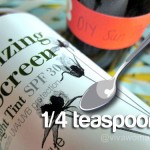













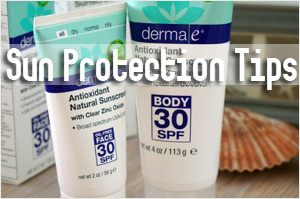
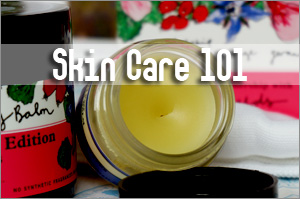
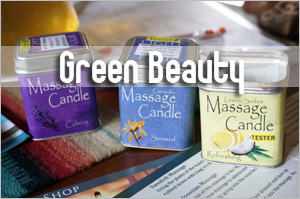
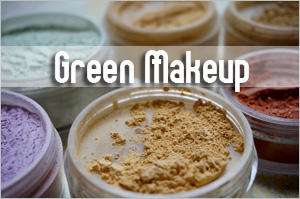
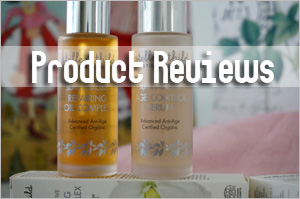

I think the using a crown metal lid is more accurate than a teaspoon as there is a wide variation in the size and capacity of a teaspoon.
Here is the link to the article in Dermatology Online Journal which describes this method of measuring the recommended sunscreen dosage for each body part:
http://dermatology.cdlib.org/93/letters/sunscreen/castanedo.html
Hey Stina: Thanks for the link! It’s very interesting! I have no idea what a crown metal lid is. The picture is useful for a reference. And you’re right – teaspoons do vary in sizes!